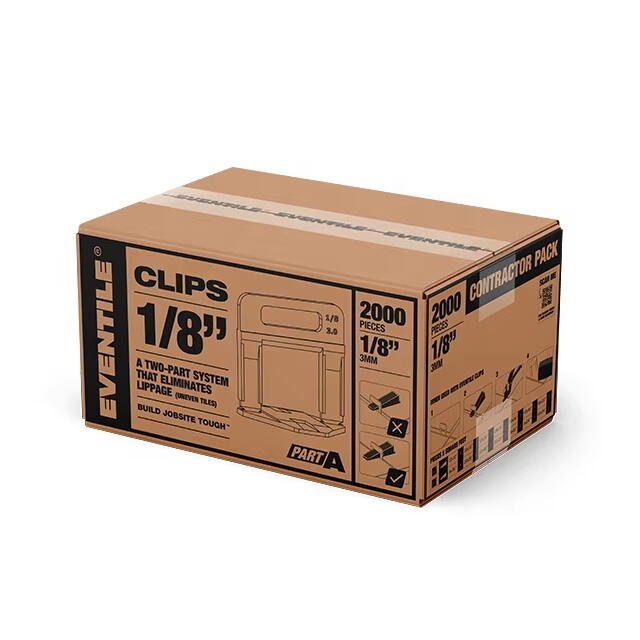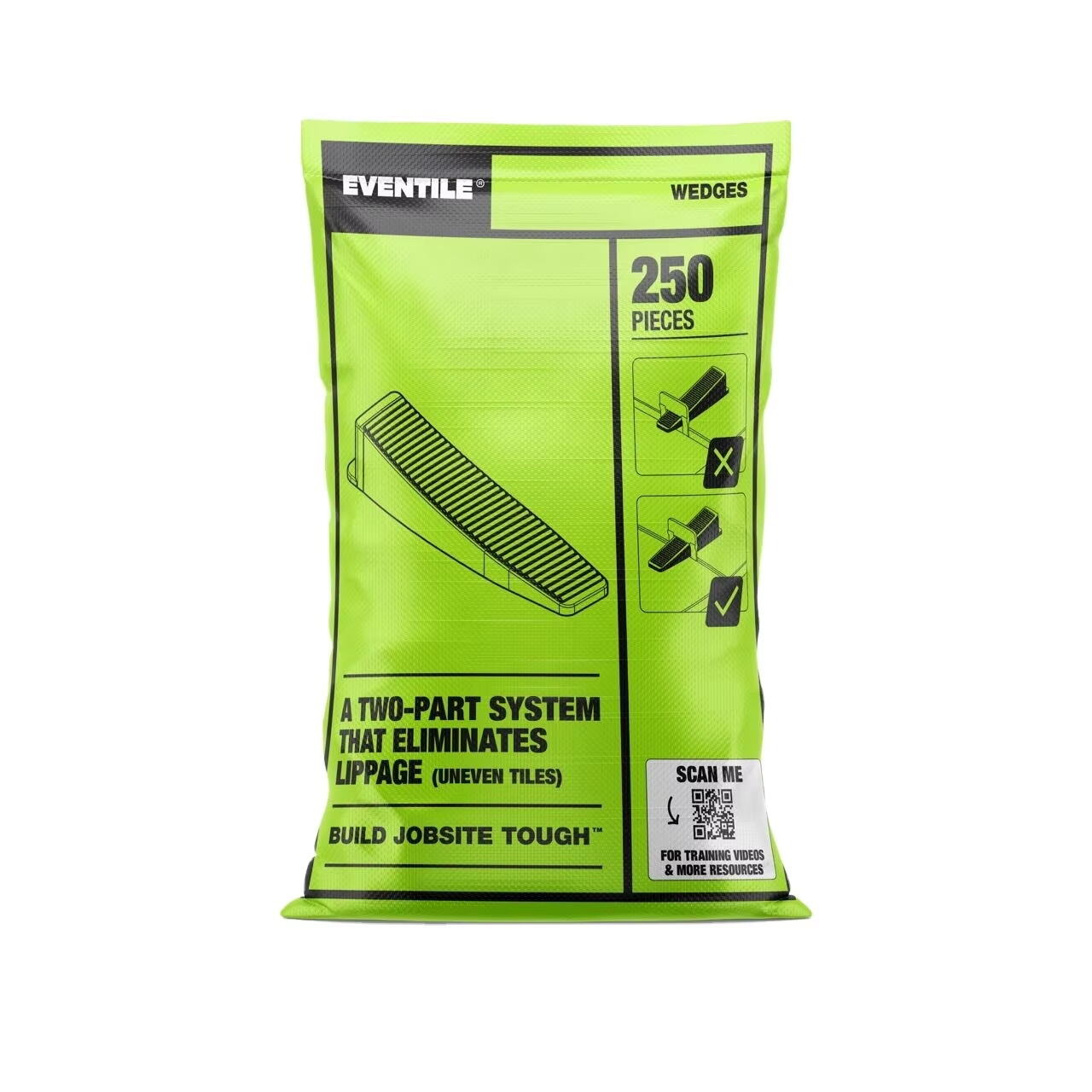Introduction to Tile Clips
Tile installation is a delicate process where precision, stability, and aesthetics all play crucial roles. One of the most effective tools that has become a standard in modern tiling is tile clips. These small but powerful components ensure that tiles remain level, aligned, and properly spaced throughout the installation process. Whether you are working with ceramic, porcelain, or natural stone tiles, tile clips provide a reliable solution to avoid uneven surfaces and misaligned joints. By understanding how tile clips function and the factors that determine their effectiveness, installers and contractors can achieve flawless results while reducing installation errors.
Importance of Tile Size and Thickness
Large Format Tiles
Large format tiles are increasingly popular in modern design for their seamless appearance. However, their weight and size make them more prone to lippage during installation. Tile clips help eliminate these issues by locking tiles into a uniform plane, ensuring the finished surface looks smooth and professional.
Small and Medium Tiles
Smaller tiles are easier to handle, but they still require precision during installation. Tile clips help maintain consistent grout lines and prevent shifts during the curing process of the adhesive. They are especially useful when working on floors or walls where even minor irregularities can affect the entire pattern.
Tile Thickness Variations
Different tiles come with varying thicknesses, and using the correct tile clips ensures that each tile is secured properly. Thin tiles may require low-profile clips, while thicker stone or porcelain tiles need clips designed to accommodate additional height without breaking during installation.

Considerations for Tile Materials
Ceramic Tiles
Ceramic tiles are relatively lightweight but can be fragile. Tile clips prevent movement during installation, reducing the risk of cracking or chipping. This makes them essential when working with large ceramic panels where alignment is critical.
Porcelain Tiles
Porcelain tiles are denser and heavier than ceramics. They demand stronger tile clips that can withstand added pressure during leveling. Without the right clips, porcelain tiles may shift, resulting in uneven surfaces that compromise the installation quality.
Natural Stone Tiles
Natural stones such as marble, granite, and travertine require extra care. Uneven installation can quickly ruin the overall look. Tile clips ensure each piece is level, highlighting the natural beauty of the stone without visible height differences between slabs.
Tile Clips and Surface Conditions
Uneven Subfloors
Even with the best preparation, some subfloors have imperfections. Tile clips act as compensators, keeping tiles aligned even if the surface beneath has minor inconsistencies. This reduces the need for extensive floor leveling before tile installation.
Wall Applications
When tiling walls, gravity becomes an additional challenge. Tile clips prevent slippage during the curing process, ensuring tiles remain aligned vertically and horizontally. They provide installers with confidence that their layout will remain intact once adhesive dries.
Outdoor Installations
Outdoor spaces such as patios or pool areas often require tile installations. Environmental factors like temperature changes and moisture can affect adhesives. Tile clips help maintain stability, reducing the chance of misalignment during these conditions.
Choosing Tile Clips Based on Project Requirements
Residential Projects
Homeowners often prefer a clean, modern finish in kitchens, bathrooms, and living areas. Tile clips allow DIY enthusiasts and professionals alike to achieve a professional finish with minimal effort, ensuring grout lines and surfaces remain even.
Commercial Projects
In commercial settings, speed and consistency are key. Tile clips enable contractors to complete large-scale flooring projects more efficiently while maintaining precision. This reduces callbacks and increases customer satisfaction.
Specialized Designs
Some projects require diagonal layouts, mosaics, or patterns with mixed materials. Tile clips provide the stability needed to execute complex designs without compromising alignment or spacing, ensuring the finished product looks intentional and high-quality.
Advantages of Using Tile Clips
Consistency in Spacing
Tile clips help maintain uniform grout lines, which are essential for both aesthetics and structural integrity. Consistency ensures that tiles expand and contract evenly with temperature changes.
Reduced Installation Errors
Even skilled installers can face issues with lippage and misalignment. Tile clips reduce these risks significantly, allowing for error-free installations with reduced need for corrections.
Faster Project Completion
Tile clips streamline the installation process by holding tiles in place, reducing the time spent adjusting each tile manually. This leads to faster project completion without sacrificing quality.
FAQ
What tile sizes are most compatible with tile clips
Tile clips are versatile and can be used with small, medium, and large format tiles. The key is choosing the correct clip size and strength based on the tile dimensions.
Can tile clips be reused after one installation
Most tile clips are designed for single-use, especially the spacer part. However, the wedges used in many systems can often be reused multiple times, making them cost-effective in the long run.
Do tile clips work for both floor and wall installations
Yes, tile clips are effective for both applications. They are especially useful on walls where slippage can occur during curing.
Are tile clips necessary for professional results
While skilled installers can work without them, tile clips significantly improve the quality, consistency, and speed of installations. For large or high-visibility projects, they are highly recommended.


